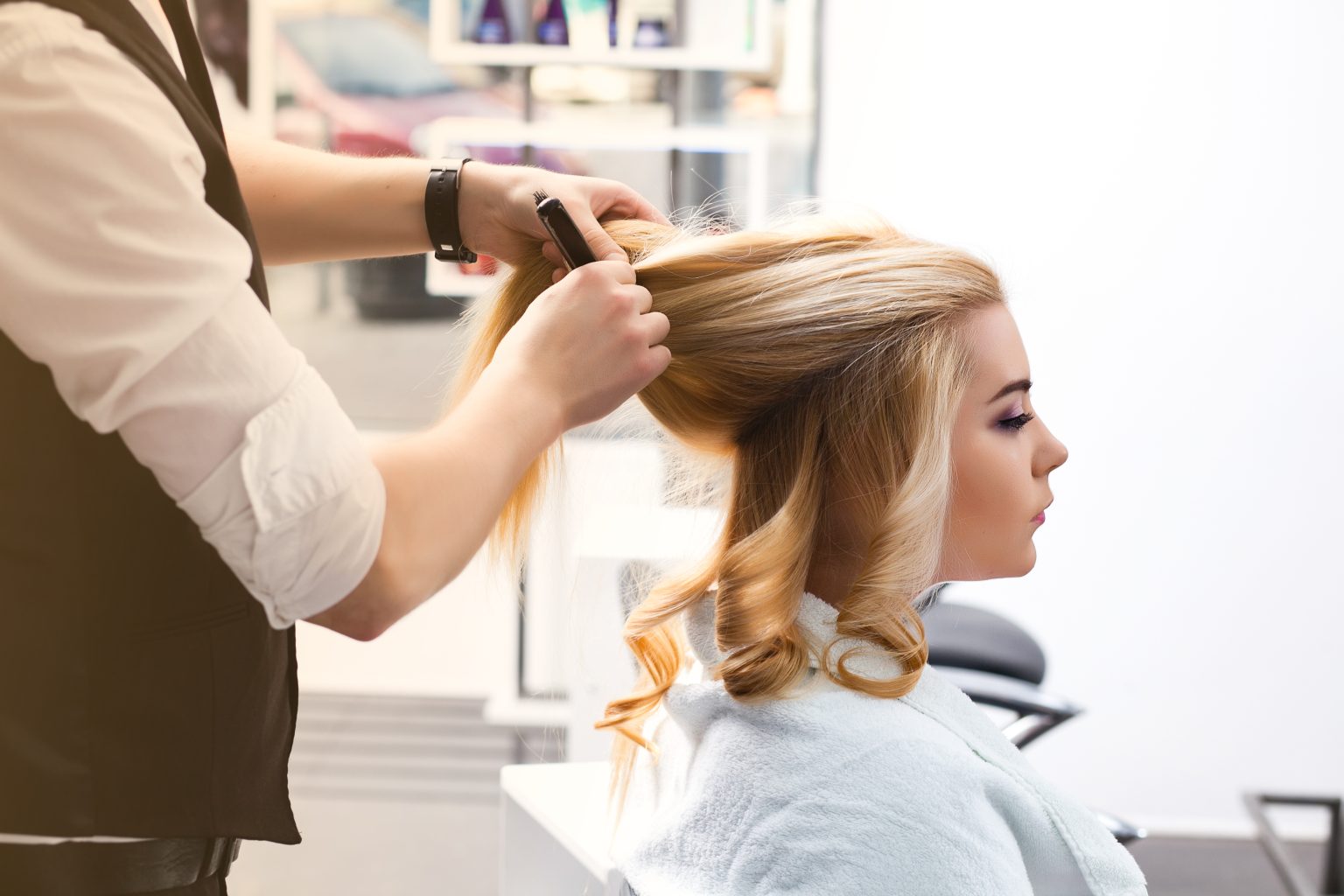When it comes to installing wigs, many wonder about their longevity and how to ensure they stay looking their best. A sew-in wig install can typically last anywhere from two to three months, offering a natural and durable solution for those seeking longer-term wear. Glued-in wigs, on the other hand, can last from three days to six weeks, influenced by the type of adhesive used and how well the wig is maintained.
For those considering different types of wigs, it’s essential to understand the varying lifespans. Human hair wigs offer a high-quality, durable option that, with proper care, can last between one to three years. In contrast, synthetic wigs usually last between three to six months, making understanding the care and type of wig crucial for longevity.
Knowing these factors and how they affect the lifespan of your wig install can help you make informed decisions. By choosing the right installation method and properly maintaining your wig, you can enjoy long-lasting and natural results.
Fundamentals of Wig Installation
Wig installation is key to achieving a natural and long-lasting look. It involves choosing the right type and proper preparation.
Types of Wig Installations
There are various methods to install wigs, including glued, glueless, and sewn-in techniques.
Glued installations offer strong hold and can last from 3 days to 6 weeks. The type of glue used greatly impacts durability.
Glueless installations, such as the UNice EasiContour V Part Wigs, provide flexibility and are easier to apply and remove. They usually stay secure for 1 to 4 weeks, depending on how well they’re applied and maintained.
Sewn-in installations involve sewing the wig onto braided natural hair. This method, often used with lace frontal wigs, can last two to three months, ensuring a stable and seamless appearance.
Initial Assessment and Preparation
Proper preparation is critical for a successful wig installation.
First, assess the quality of the wig, making sure it suits your needs and preferences. High-quality wigs tend to look more natural and last longer.
Next, examine the condition of your natural hair. It should be clean and properly braided to provide a good base for the wig.
Then, choose the appropriate installation method. Click here for those seeking a glueless, natural look.
Tools and accessories such as wig caps, combs, and adhesive remover should be ready to ensure a smooth installation. Proper preparation ensures the wig fits well and stays in place, helping it to last as long as possible.
Maintaining and Extending Wig Longevity
Proper maintenance is crucial for extending the life of your wig. Routine care, expert maintenance tips, and troubleshooting common problems can greatly increase a wig’s lifespan.
Routine Care for Wigs
Regular cleaning is essential. Synthetic wigs should be washed every 10-15 wears, while human hair wigs might need washing every 7-14 days. Use mild shampoo and cold water to preserve fibres.
Drying wigs naturally is key. Pat them dry with a towel and avoid wringing or twisting. Use a wig stand to maintain shape and allow airflow. Avoid excessive heat from hairdryers or sunlight.
Brushing wigs correctly helps avoid damage. Use a wig brush or a wide-tooth comb, starting from the ends and working your way up. Brush gently to prevent shedding and tangling.
Expert Tips for Wig Maintenance
Invest in quality products made specifically for wigs. These products are formulated to be gentler on wig fibres, helping to maintain their integrity.
Consider getting a professional wig styling or maintenance. Experts can trim and adjust wigs in ways that prolong their life, offering a customised fit and reducing wear and tear.
Store wigs properly. Use wig stands, satin bags, or original boxes when not in use. Keeping them in a cool, dry place avoids unnecessary exposure to dust, moisture, and sunlight, all of which can degrade the wig.
Rotate wigs if you wear them often. Having several wigs to alternate enables each one to rest, reducing the strain from constant use. This can significantly increase their longevity.
Troubleshooting Common Issues
It’s common for wigs to tangle, especially at the nape. Regular brushing and using detangling sprays can address this issue.
If a wig looks dry or frizzy, it may need conditioning. Human hair wigs benefit from deep conditioning treatments. Synthetic wigs can be revitalised with a wig conditioning spray.
Shedding is another concern. To minimise shedding, avoid over-brushing and handle wigs gently. Check for loose tracks in lace wigs and use wig adhesives properly to prevent damage.
For wigs losing their shape, consider steaming them back into shape or consulting a professional. Avoid attempting major repairs at home, as this can often cause more damage.



